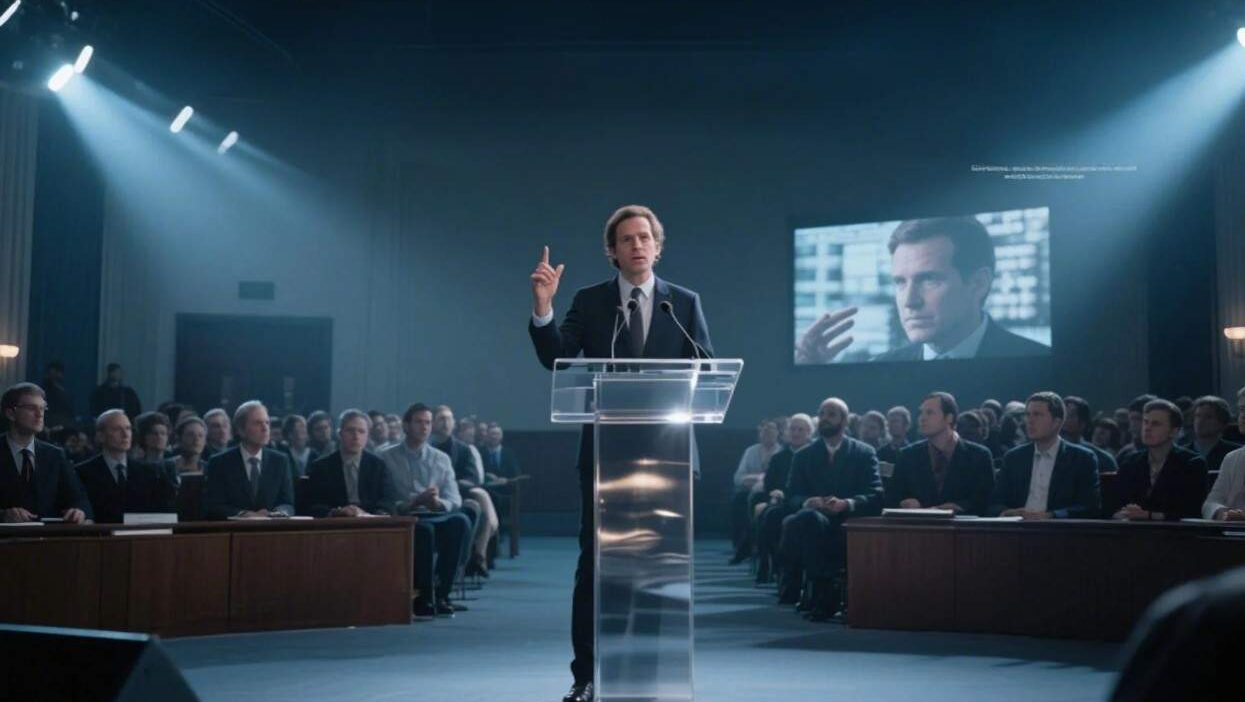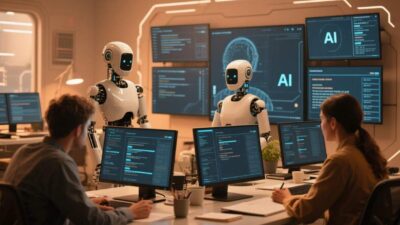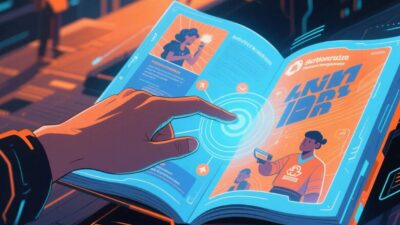When History Meets Deception
In an era where “seeing is believing” no longer holds true, deepfakes—AI-generated content that convincingly manipulates audio, video, or images—have emerged as both a creative tool and a threat to historical truth. From forged speeches of world leaders to fabricated footage of historical events, deepfakes blur the line between reality and fiction, challenging our ability to trust media. This report explores the “deepfake paradox”: how these technologies, while revolutionary, endanger the integrity of historical narratives, and what we can do to safeguard accuracy in an age of digital deception.
The Dual Nature of Deepfakes in Historical Media
Deepfakes are not inherently malicious—they possess transformative potential. Yet, their dual use as creative enablers and truth distorters forms the core of the paradox.
1. Enhancing Historical Storytelling
Deepfakes can breathe new life into history by reconstructing lost moments or giving voice to silenced perspectives:
- Recreating Lost Footage: AI can generate plausible “archival” video of historical figures (e.g., a young Martin Luther King Jr. delivering a speech) or events (e.g., the 1918 flu pandemic) that were never filmed, enriching educational content.
- Amplifying Marginalized Voices: Deepfakes can “revive” underrepresented historical figures (e.g., women of color in early 20th-century activism) by synthesizing their speech or likeness, fostering inclusivity in historical narratives.
- Artistic Innovation: Filmmakers and artists use deepfakes to reimagine history (e.g., The Social Network’s use of AI to “age” actors), pushing creative boundaries while sparking dialogue about history’s fluidity.
2. Distorting Historical Truth
However, deepfakes also pose grave risks to historical accuracy:
- Fabricated Events: Malicious actors can generate “evidence” of nonexistent events (e.g., a fake video of a political assassination) to sow division or manipulate public opinion.
- Erasing Marginalized Histories: Deepfakes can overwrite or falsify accounts of marginalized communities (e.g., altering footage of civil rights protests to downplay their significance).
- Cultural Appropriation: Forged content (e.g., fake Indigenous rituals or stolen artistic styles) can exploit cultural heritage, discrediting authentic narratives.
The Deepfake Paradox: Balancing Innovation and Accuracy
The tension between deepfakes’ creative potential and their threat to history boils down to three critical challenges.
1. Detection: Can We Spot the Fakes?
Deepfakes are increasingly sophisticated, making detection notoriously difficult:
- Technical Limitations: AI-generated content often mimics human behavior (e.g., micro-expressions, voice patterns) so closely that even experts struggle to distinguish fakes from real footage.
- Scalability: The sheer volume of deepfake content (projected to reach 147 million videos by 2026) overwhelms manual verification efforts.
- Evolving Tactics: As detection tools improve, bad actors develop new techniques (e.g., “deepfake 2.0” with hyper-realistic skin textures or dynamic lighting) to evade detection.
2. Regulation: Who Controls the Narrative?
Legal frameworks lag behind deepfake technology, creating ambiguity:
- Lack of Global Standards: While the EU’s AI Act and U.S. state laws (e.g., California’s Deepfake Disclosure Law) ban malicious deepfakes, enforcement is inconsistent, and loopholes (e.g., “parody” exceptions) allow bad actors to exploit gray areas.
- Consent and Ownership: Who owns the rights to a historical figure’s likeness? Laws vary globally, complicating efforts to prevent unauthorized deepfake use (e.g., a corporation using a dead celebrity’s image in ads).
- Misinformation Spread: Deepfakes often go viral before fact-checkers can debunk them, amplifying harm. For example, a 2022 deepfake of Pope Francis wearing a suit went viral, misleading millions.
3. Ethics: Whose History Do We Preserve?
Deepfakes raise philosophical questions about who gets to shape history:
- Gatekeeping: Historians and institutions traditionally curate historical narratives, but deepfakes enable anyone—from activists to trolls—to rewrite history, risking the erasure of verified facts.
- Accountability: When deepfakes cause harm (e.g., inciting violence), who is liable? The creator? The platform hosting the content? Current laws rarely hold AI tools themselves accountable.
- Public Trust: Repeated exposure to deepfakes erodes trust in media, making it harder for the public to discern truth from fiction—a critical issue for democracy.
Preserving Historical Accuracy: Solutions and Future Directions
Addressing the deepfake paradox requires a multi-pronged approach, blending technology, policy, and education.
1. Technological Countermeasures: Detecting and Flagging Fakes
Innovations in AI and blockchain are paving the way for better detection:
- AI-Powered Forensics: Tools like Deeptrace and Truepic use machine learning to analyze metadata, pixel patterns, and audio inconsistencies to flag deepfakes.
- Blockchain for Provenance: Storing media metadata (e.g., origin, edits) on immutable blockchains ensures transparency, making it easier to trace fakes back to their source.
- Collaborative Platforms: Companies like Adobe and YouTube are integrating deepfake detection tools into their platforms, flagging suspicious content and limiting its reach.
2. Policy and Education: Strengthening Accountability
- Global Regulations: Governments must harmonize laws to criminalize malicious deepfake use (e.g., defining “harmful deepfakes” as those that incite violence or defraud) and mandate clear disclosure of AI-generated content.
- Media Literacy Programs: Educating the public to “think critically” about media—checking sources, verifying metadata, and cross-referencing information—can reduce the impact of deepfakes. Schools and platforms (e.g., TikTok’s “Media Literacy Hub”) are already leading this charge.
- Ethical Guidelines for Creators: Organizations like the Partnership on AI are developing frameworks to guide creators in using deepfakes responsibly, emphasizing consent and historical accuracy.
3. Collaborative Approaches: Bridging Experts and Communities
- Historian-AI Partnerships: Historians and technologists can collaborate to verify deepfake content (e.g., cross-referencing AI-generated footage with archival records) and develop “truth anchors” (e.g., verified historical databases) to counter fakes.
- Community-Led Preservation: Marginalized communities can lead efforts to document and protect their histories, using tools like oral histories and community archives to counter deepfake distortions.
- Public Awareness Campaigns: Initiatives like UNESCO’s “Memory of the World” program can highlight the value of historical accuracy, encouraging the public to demand transparency from media creators.
Safeguarding History in the Age of Deception
Deepfakes are neither inherently good nor evil—their impact depends on how we wield them. While they offer exciting possibilities for creative storytelling, their threat to historical accuracy demands urgent action. By combining cutting-edge detection tools, robust regulations, and public education, we can preserve the integrity of history while embracing the potential of AI. The future of media lies not in banning deepfakes, but in learning to navigate their paradox: to innovate responsibly, verify rigorously, and protect the truth that defines our shared past.



